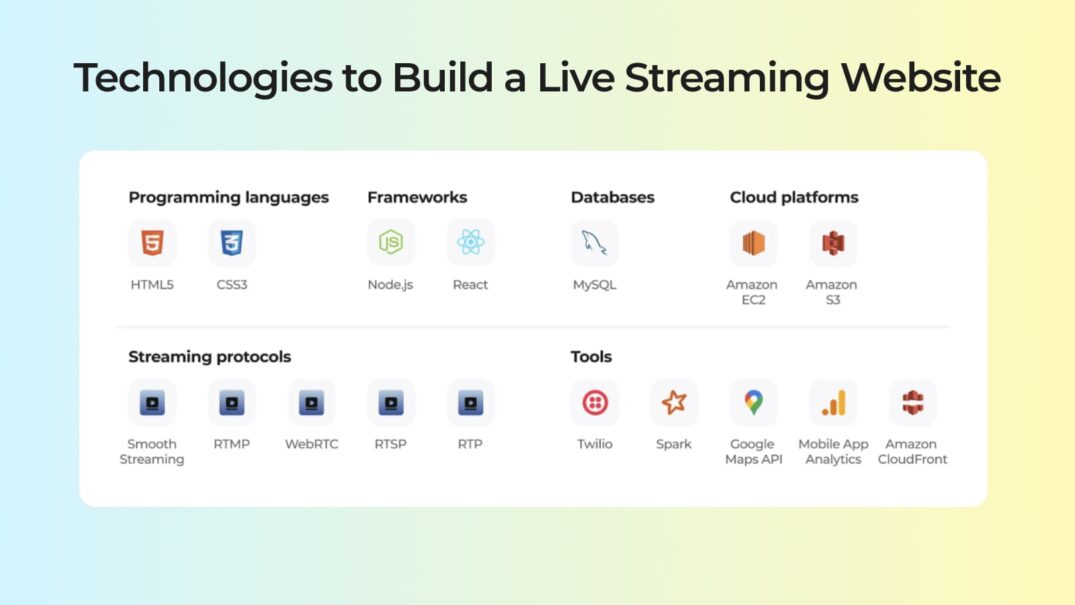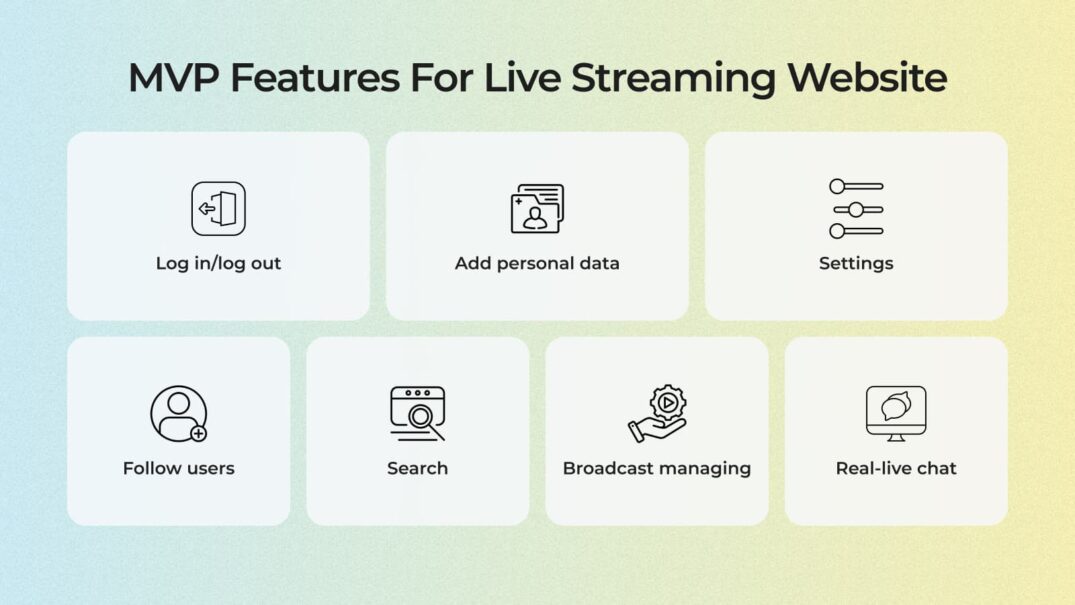The popularity of real-time broadcasts is on the rise, with people worldwide seeking to learn about others’ experiences and promote transparency. Given this, the question arises: is establishing a successful real-time broadcast website feasible?
Discover the expenses involved in creating a real-time broadcast website and strategies for generating revenue through broadcasts by continuing to read this post.
The Essence of Live Broadcasting
Real-time video involves transmitting an event as it happens in real-time to any compatible device, such as a smartphone, tablet, TV, or computer via the Internet. A live video website is a platform that enables live broadcasts. Broadcasters can embed their video players to deliver media content to viewers, allowing for direct video on their websites. With the appropriate professional video player and access to HTML, any website can be transformed into a live video platform.
Live video operating principles
Video begins with unprocessed data — the visual content captured by a device’s camera. Following that, the digital information is compressed and encoded. Data compression involves eliminating redundant visual details. “Encoding” refers to altering the data so that it can be understood by different devices.
Video holds a significant amount of digital data. Consequently, the live video is broken into segments (lasting a few seconds) to expedite the downloading of the video files.
Once the live video has completed all previous processes, it must be delivered to multiple viewers. This is where a CDN (content delivery network) becomes essential. The CDN platform provides high-quality content delivery to large audiences at any time without interruptions in the video.
The CDN distributes the live-streaming video to all viewers watching the stream. Next, each user’s device receives, decodes, and decompresses the segmented video data. Finally, a media player on the viewer’s device (either a dedicated app or a video player in a web browser) converts the information into visual data, and the video plays. To learn more about the intricate process of how to make a live streaming website, consult with experts who can provide in-depth guidance and support.
How to Create a Live Streaming Website in 6 Steps
If you think it’s impossible to compete with major live-streaming platforms like YouTube or Twitch, think again. You can do this, and let’s discuss the major steps how to create such a website.
Step 1. Identify your unique USP
First and foremost, understand that your Unique Selling Proposition (USP) is crucial. It defines the distinctive feature or advantage that sets your streaming platform apart. Your USP could be ultra-low latency streaming for real-time interactions, exclusive content offerings, or a user-friendly interface that significantly enhances viewer engagement.
Step 2. Establish requirements for your live streaming website
Launching a streaming platform is just the beginning; you must meticulously plan and prepare to create a successful live streaming app or website.
Step 3. Select a business model
If you intend to profit from your streaming platform, consider various monetization strategies such as advertisements or subscriptions (monetization models will be elaborated on below). Each model has its own strengths and weaknesses, but the most effective approach often combines multiple strategies. For example, start with free access to the service while charging for premium features.
Step 4. Seek dependable streaming software developers
Once you have your plan in place, it’s time to find a skilled IT partner to build your live-stream website. The creation of a livestream website is complex and demands professional expertise. Therefore, hire dedicated developers with proven experience in the media sector.
Outsourcing development to tech partners abroad often yields better results than looking locally. This strategy offers tremendous advantages in cost, quality, diverse skill sets, and specialized expertise. Furthermore, outsourcing agencies already possess the necessary specialists to develop your live streaming website according to your specifications. These specialists are well-versed in back-end development services, ensuring the seamless functioning of your live streaming platform.

Step 5. Develop an MVP for your live streaming website
MVP (Minimum Viable Product) development services focus on creating a version of your streaming website with enough functionality for initial testing and valuable user feedback. This approach validates your business idea while minimizing upfront investment in a fully developed platform. After real-user testing, reinvest to enhance your features.
When your development team works on the MVP, prioritize UI/UX design. Users demand video streaming services that are intuitive and easy to navigate. Don’t confuse them with excessive interactive elements or garish colors; they should focus on key actions without needless distractions. Effective design is closely tied to usability, so aim for an excellent UI to ensure a smooth user experience.

Step 6. Conduct testing and launch your live streaming site
At this stage, your vendor must guarantee that your streaming platform operates flawlessly without interruptions. QA engineers will rigorously perform both manual and automated tests to confirm all functional requirements are met and to catch any potential issues. Before the final client review, the testing team thoroughly checks every aspect of functionality (including integrations, usability, and security) to ensure your streaming service exceeds project expectations and delivers outstanding performance.
Wrapping Up
We’ve told you only the essentials about live streaming website development. If you need to know more, you should apply to an IT vendor skilled in this field. The provider’s specialists will be able to provide you with a comprehensive analysis of your project requirements, suggest the most suitable technologies, and develop a detailed project plan. They can also help you with the selection of the right hosting provider and ensure the smooth operation of your live streaming platform.


